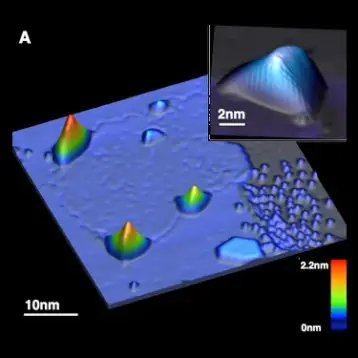While previous metamaterials consisted of two-dimensional arrangements of metals, the Princeton invention is the first three-dimensional metamaterial constructed entirely from semiconductors, the principal ingredient of microchips. According to Claire Gmachl, Princeton Electrical Engineering Professor and one of the researchers in the study, three-dimensional metamaterials are more useful in a variety of devices.
|
When passing from one medium to another, light waves and other forms of electromagnetic radiation bend.
This phenomenon, called refraction, is readily observable when a straw placed in a glass of water appears to be bent or broken. Lenses in reading glasses and cameras work due to refraction. All materials have an index of refraction, which measures the degree and direction that in which light is bent as it passes through them. In contrast to all materials in nature, which have positive refraction indexes,
This development holds promise for the development of superior lenses. Positive refraction indices of normal materials necessitate the use of curved lenses, inherently distorting some of the light that passes through them in devices like telescopes and microscopes. Flat lenses made from materials that exhibit negative refraction could compensate for this aberration and enable far more powerful microscopes that can “see” things as small as molecules of DNA.
Furthermore, the Princeton metamaterial is capable of negative refraction of light in the mid-infrared region, which is used in a wide range of sensing and communications applications. Its unique composition results in less lost light than previous metamaterials, and since the semiconductors are grown from crystals using common manufacturing techniques, it is less complex, more reliable, and easier to produce. This may enable more compact mid-infrared optics and the team plans to incorporate the new metamaterials into lasers. Additionally, the researchers will continue to modify the material to make its features even smaller, in an attempt to expand the range of light wavelengths they are able to manipulate.
TFOT recently covered the Zigview S2 Digital Viewfinder– the world’s first digital angle viewfinder for digital and film SLR cameras, a new 3D holographic video system, and a new nanoscale technology for memory storage.
More about the new metamaterials can be found on the Princeton University website.











